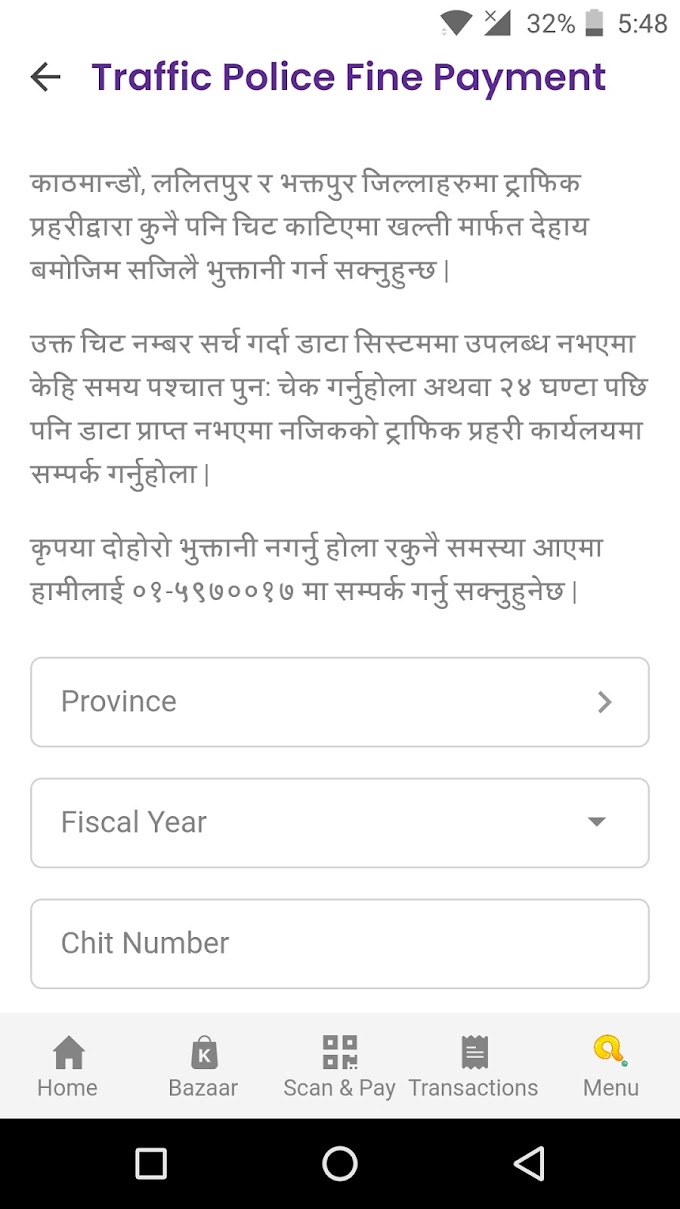Classification of Eye
Care Providers
The health institutions that provide eye health services have
been classified into different grades according to the level of care they provide,
equipment and human resources available. This classification is developed by the Nepal Netra Jyoti Sangh (NNJS) in 2020 AD.
1. Eye care center
Eye
care centers provides the following services:
·
Diagnosis
and management of common ocular diseases and disorders
·
Vision
assessment, refraction and optical dispensing
·
Measurement
of intra-ocular pressure
·
Syringing
·
Foreign
body removal
·
Minor
procedures like epilation, dressing, etc
·
Pharmacy
·
School
screening and
·
Providing
eye health education
·
Referral
2. Surgical center
This is also the eye care center but with additional
facility of periodic eye surgeries by the ophthalmologists sent from the base
hospital. The surgeries includes
cataract surgeries and other common surgeries like chalazion, pterygium, etc.
The referral cases sent from the community programs are also seen here.
3. Secondary eye hospital
The eye center which has at least one ophthalmologist
working on a daily basis and which provides at least cataract surgery facility
and emergency care is said to be a secondary eye hospital. This center should
also have pharmacy, optical, and laboratory for basic pathology and
microbiology.
4. Tertiary eye hospital
The secondary eye hospital is said to be a tertiary when it
has at least three specialty clinics: cornea, glaucoma, pediatric, vitreo-retina,
oculoplasty, neuro-ophthalmology, uvea, etc. The special clinic should also provide the
related surgery facilities. The specialist surgeon will be there working
full-time and will be staying in the special OPDs equipped with basic relevant
equipment. It also has contact lens, low vision and orthoptic services. The
laboratory should be equipped with microbiology, biochemistry and hematology
services.
5. Center of excellence
Center of excellence should have all the services provided
by tertiary eye hospital plus at least five specialty clinics running regularly
with related surgery services. The laboratory should be equipped with
microbiology, biochemistry, serology, hematology and histopathology services. This
center should also have research department and research activities going on a
regular basis, and it should also have the cornea retrieval facilities.
Besides these, there is also a referral center which is just a center (health post or a PHC) that refers the patient to eye hospitals or eye care centers by grossly observing the eyes or testing the vision. No eye care personnel (Eye health worker, Ophthalmic Assistant, Optometrist or Ophthalmologist) is posted there.
As we can clearly see, these definitions are ophthalmology-focused and are fully adopted by all NNJS eye hospitals of Nepal. Moreover, these definitions are acceptable to many other eye care institutions and NGOs with a little or no modification because more or less they are concerned with doing the surgeries. Since, an holistic eye care is not wholly focused on surgeries, a new approach of classifying an eye care provider should be explored.
BVFN Classification of vision care provider
A vision center is the first stop for patients with
refractive care needs. Our philosophy is that patients need not visit a
hospital and undergo a tedious, time-consuming process to get a pair of
spectacles. Currently in Nepal, the private optical shops do not have standard
refractive care services. This has led to ‘distrust’ in services provided by
the optical shops which in turn drive patients with refractive errors to visit
an eye hospital. We want to change this concept among our patients by providing
timely and excellent refractive care services through a vision center.
Therefore, our vision centers need not be located only in the rural
hard-to-reach communities but also in the city and town centers. Also, the
vision centers that we have proposed may not always be equivalent to the
current ‘primary eye care centers’ of Nepal. With growth and population needs,
we aim to develop the vision centers to secondary or tertiary levels. We wish
to redefine the current classification of eye care centers which is based on
the ophthalmological point of view, largely based on presence or absence of
cataract surgery services. Our proposed levels of vision centers are as follows:
Primary
Vision Center: General vision and eye
assessment, refraction, dispensing, primary low vision care and basic contact
lens services (without a corneal topographer). This will also have a pharmacy
with common ocular medications.
Secondary
Vision Center: All services of primary
vision center plus services including advanced contact lens services (soft,
rigid, scleral and orthokeratology), Vision therapy services, pediatric
optometry care and low vision services which may not include services such as
Orientation and Mobility training.
Tertiary Vision Center: All services of primary and secondary
center plus advanced low vision services including advanced rehabilitation and
vocational skills such as orientation and mobility training; research and
academic activities.
References:
1. Guideline on the grading of NNJS eye hospitals, 2020.
2. Better Vision Foundation Nepal (BVFN) Vision Center Model, 2021.
Have
any query? Write me: [email protected], Rabindra Adhikary




0 Comments